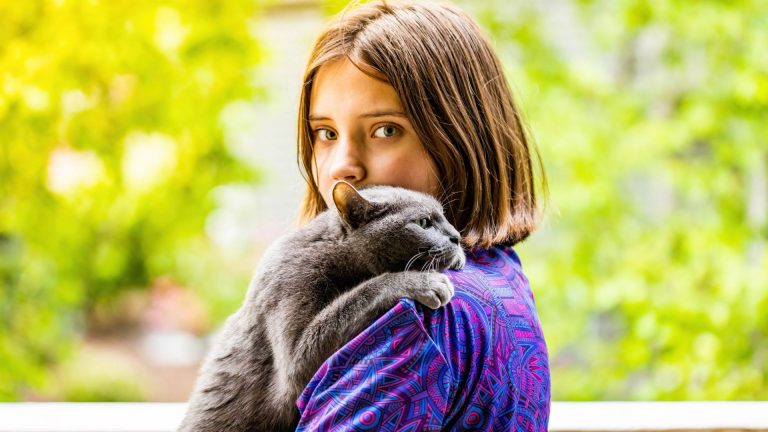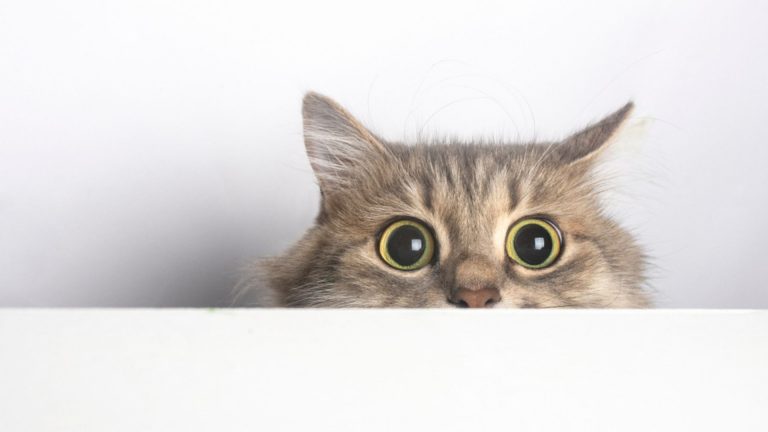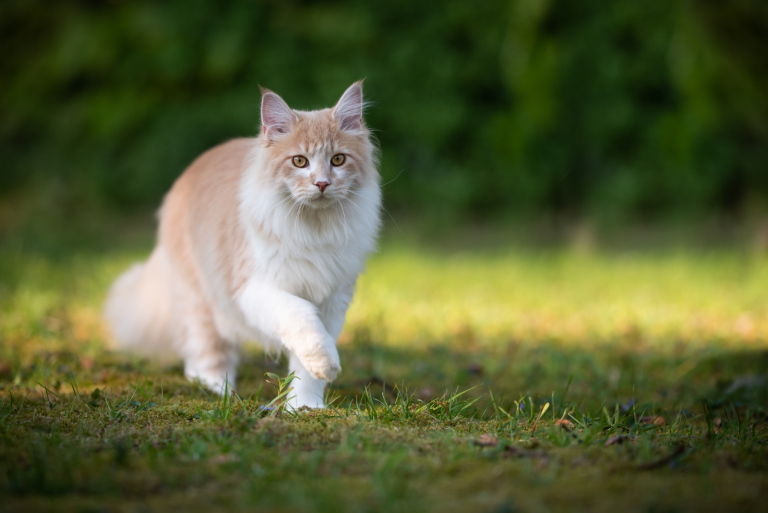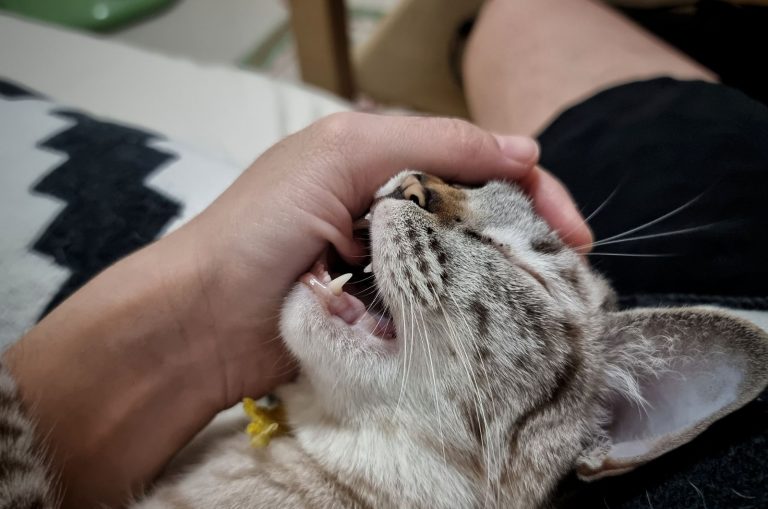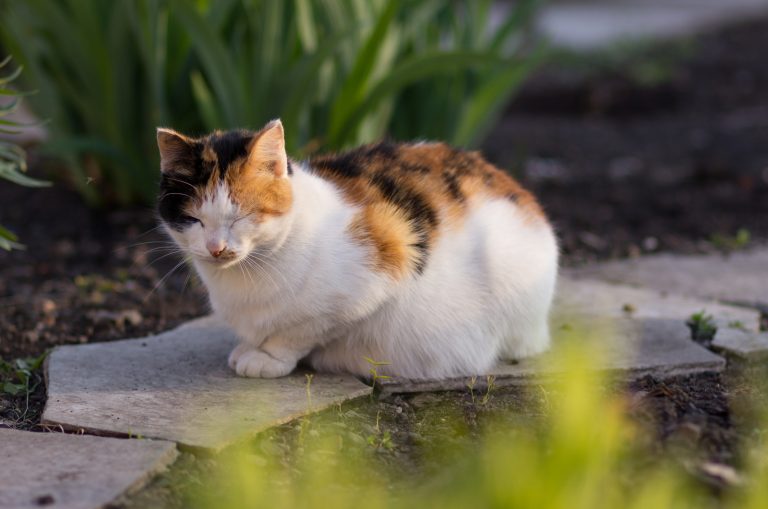12 Rarest Parrots In The World You Need To Know About
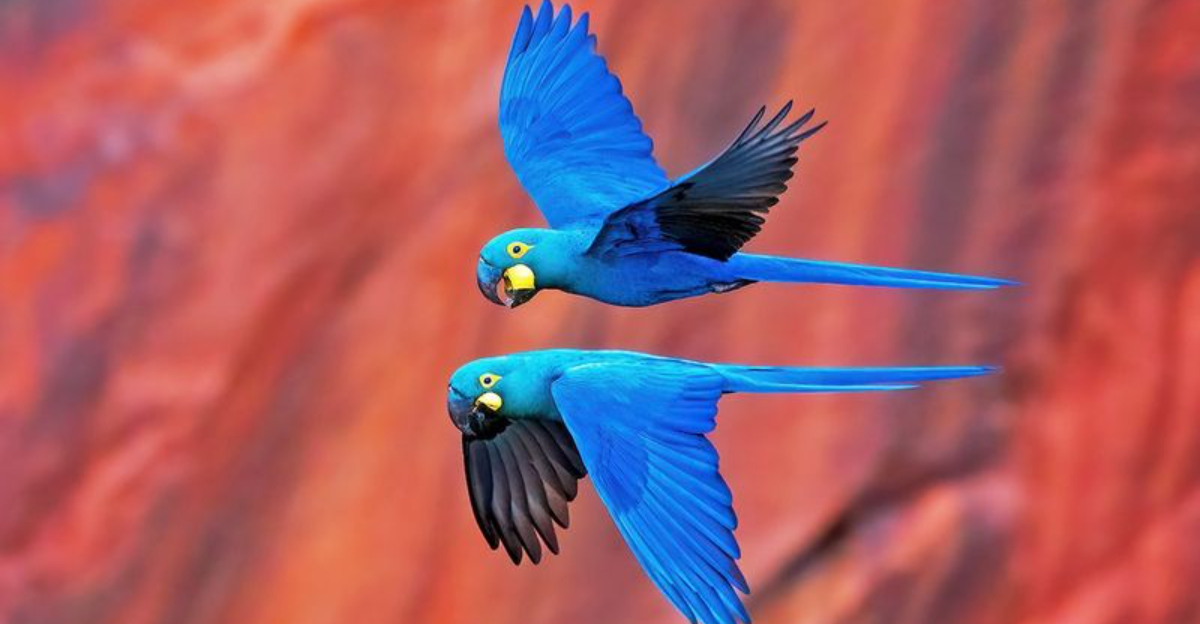
Parrots captivate us with their vibrant colors, intelligence, and charming personalities. While many parrot species thrive in the wild and as pets, some face the brink of extinction.
These rare feathered treasures often hide in remote corners of our planet, with some populations numbering fewer than 50 birds. Their uniqueness and beauty make them worth knowing about, even as conservation efforts race against time to save them from disappearing forever.
1. Spix’s Macaw
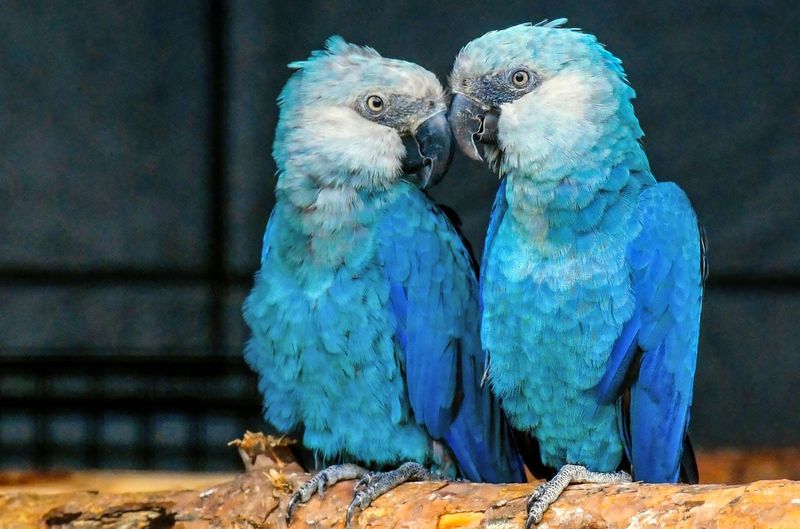
Declared extinct in the wild in 2019, the Spix’s Macaw survives only in captivity with fewer than 160 individuals remaining. This striking blue parrot shot to fame as the star of the animated movie “Rio,” bringing worldwide attention to its plight.
Native to Brazil’s caatinga region, these macaws fell victim to habitat destruction and illegal wildlife trading. Their cobalt-blue feathers and specialized habitat requirements make them incredibly difficult to breed in captivity.
2. Kakapo
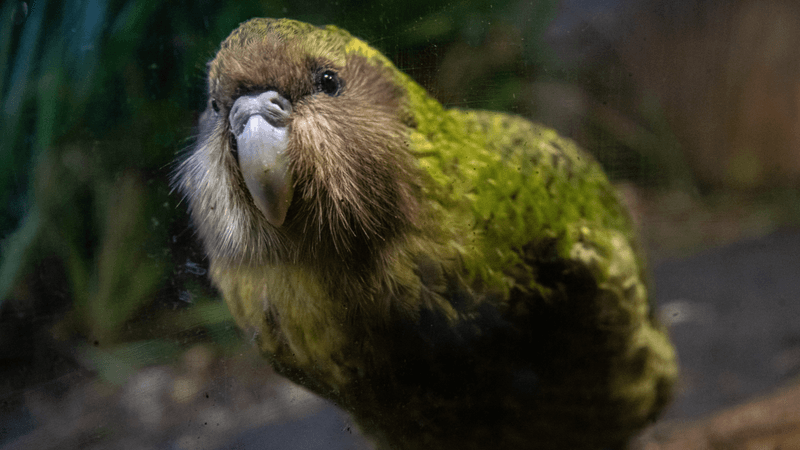
The Kakapo holds the title of world’s only flightless parrot. With just 252 birds alive today, each one has a name and receives individual monitoring by dedicated conservation teams in New Zealand. These moss-green nocturnal giants can live up to 90 years!
Males perform an elaborate mating ritual called ‘booming’ – inflating like balloons and creating deep resonating calls that can travel over 3 miles through the forest. Their friendly, curious nature made them easy targets for introduced predators like cats and stoats.
3. Pesquet’s Parrot
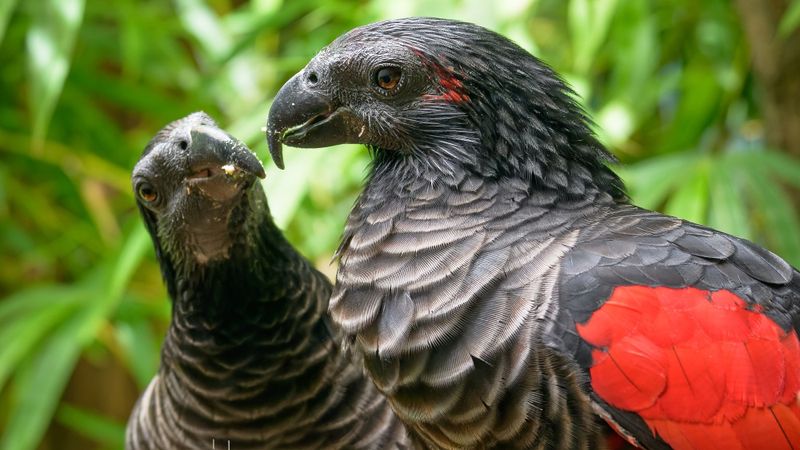
Known for its striking vampire-like appearance, the Pesquet’s Parrot is a sight to behold. With a predominantly black body and bright red underparts, it resembles no other parrot. Found in the remote forests of New Guinea, this parrot is specialized in feeding on a few species of figs, contributing to its rarity.
Pesquet’s Parrot is not just unique in appearance but also in its feeding behavior. It lacks the down feathers typical of other parrots, which helps prevent them from becoming sticky with fruit juices. This rare parrot’s specialized diet and habitat make it vulnerable to habitat loss and illegal trapping for the pet trade.
4. Blue-throated Macaw
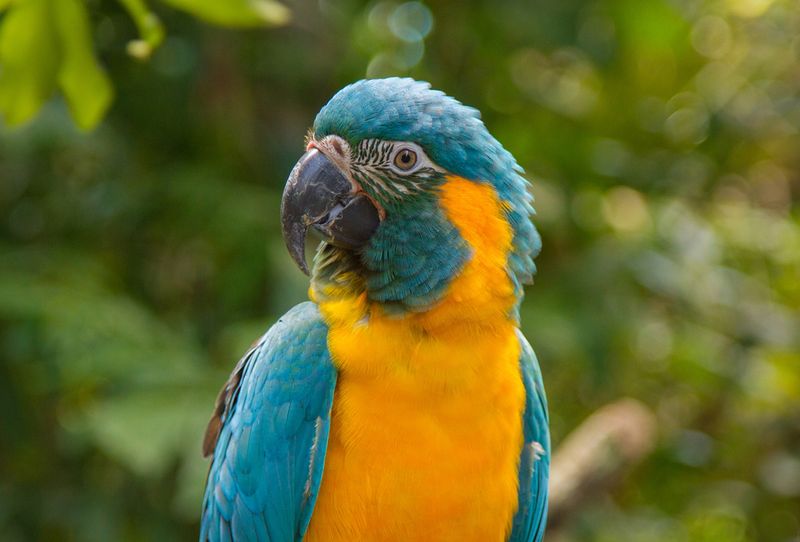
Often mistaken for the more common Blue-and-gold Macaw, the Blue-throated Macaw sports a distinctive turquoise throat patch that sets it apart. Only about 400 remain in the wild, all confined to a small region of Bolivia’s northern savannas.
These stunning birds rely on specific palm species for nesting and feeding, making them vulnerable to habitat changes. Local ranchers historically captured them for the pet trade, pushing them toward extinction before conservation efforts began.
5. Lear’s Macaw
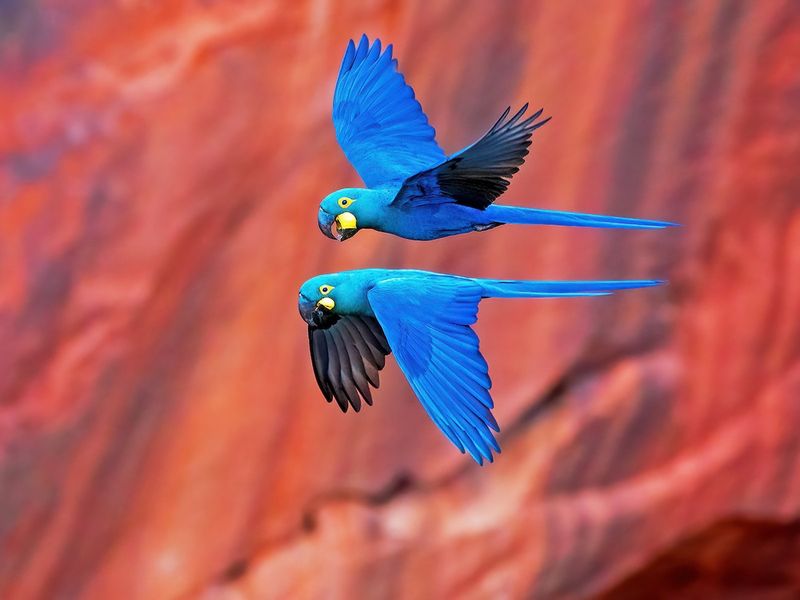
With a splash of cobalt-blue across its feathers, Lear’s Macaw is a symbol of rarity and resilience. Native to the caatinga habitat of Brazil, this macaw faces threats from habitat degradation and illegal capture. Their vibrant plumage and intelligent demeanor make them highly sought after.
Lear’s Macaw primarily feeds on the licuri palm nuts, a food source that’s dwindling due to human activity. Conservation programs have focused on habitat restoration and the planting of licuri palms to support the survival of this splendid parrot.
6. Night Parrot
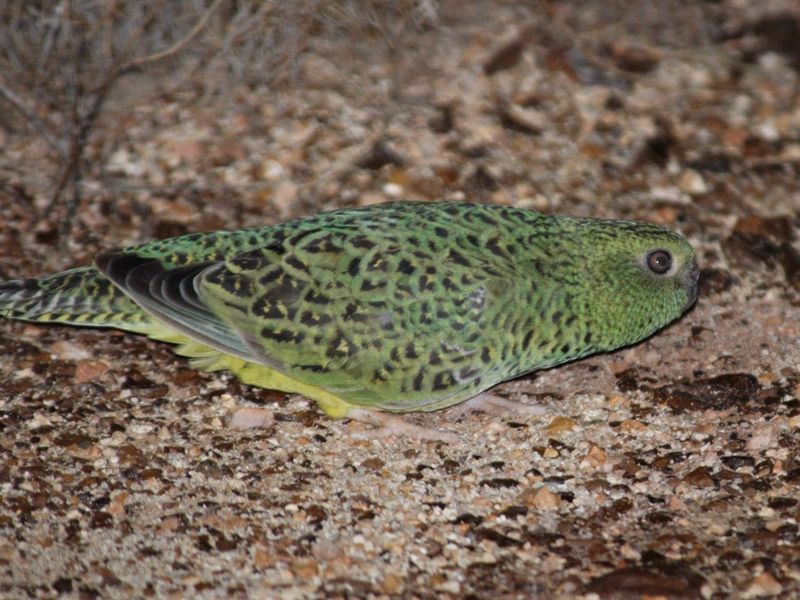
Considered the ‘holy grail’ of bird watching, Australia’s Night Parrot remained largely a myth for over a century. Believed extinct until 2013, when a wildlife photographer captured the first confirmed photos, these elusive ground-dwelling parrots move only under the cover of darkness.
Their moss-green and black speckled feathers provide perfect camouflage in the spinifex grasslands they call home. So secretive are these birds that even dedicated researchers rarely glimpse them, instead relying on audio recordings and motion-sensor cameras to study their behavior.
7. Red-vented Cockatoo
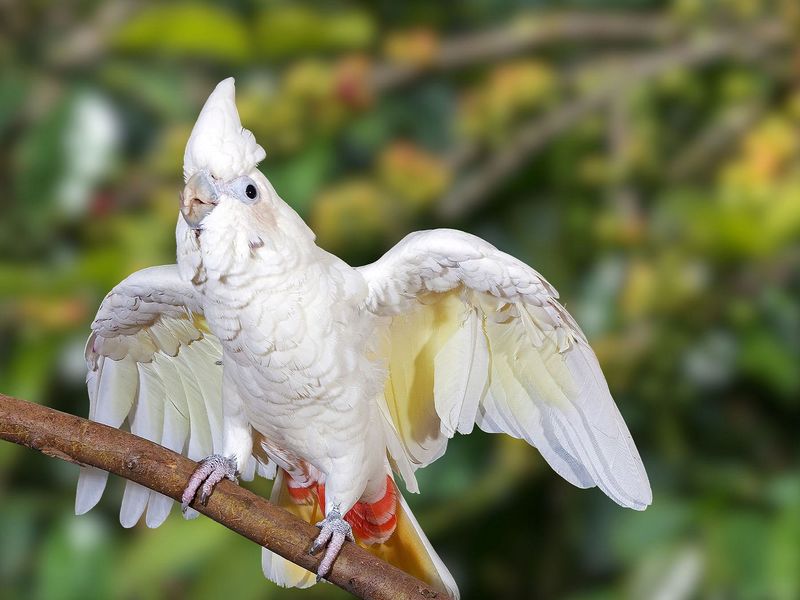
Known locally as the Kalangay, the Red-vented Cockatoo sports a striking white plumage with a distinctive red patch under its tail. Their population has crashed by over 80% in just three decades, with fewer than 1,000 birds remaining across the Philippine archipelago.
These intelligent birds can mimic human speech and solve complex puzzles. Unfortunately, their intelligence and beauty make them targets for the illegal pet trade, where a single bird can fetch thousands of dollars.
8. Kea
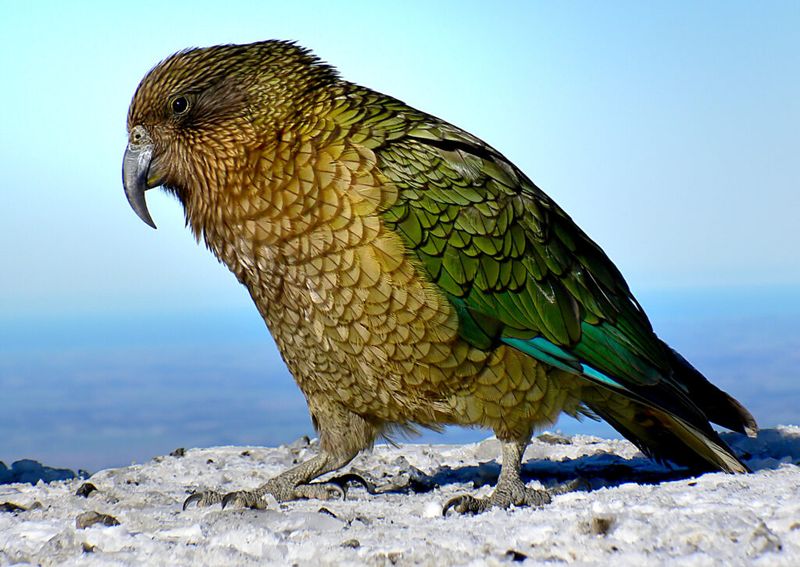
Dubbed the “clown of the mountains,” the Kea is a parrot with a playful and inquisitive nature. Native to New Zealand’s South Island, these alpine parrots are known for their intelligence and mischievous behavior, often interacting with human belongings.
Kea are adaptive, living in harsh alpine environments, and have a varied diet that includes carrion, fruit, and insects. However, they face threats from predators and human conflict, leading to a decline in their numbers.
9. Orange-bellied Parrot
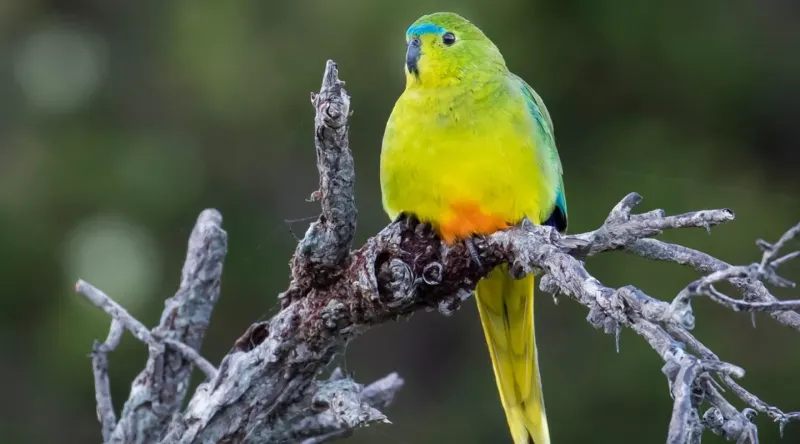
Smaller than a city pigeon but bursting with color, the Orange-bellied Parrot makes one of the most remarkable migrations of any parrot. With fewer than 50 wild birds remaining, this tiny species breeds only in remote southwest Tasmania before flying across the Bass Strait to mainland Australia for winter.
Their vibrant green plumage accented by a bright orange patch on their belly makes them visually stunning. A captive breeding program releases birds annually to bolster the wild population, with each released parrot wearing a tiny colored leg band for identification.
10. Yellow-eared Parrot
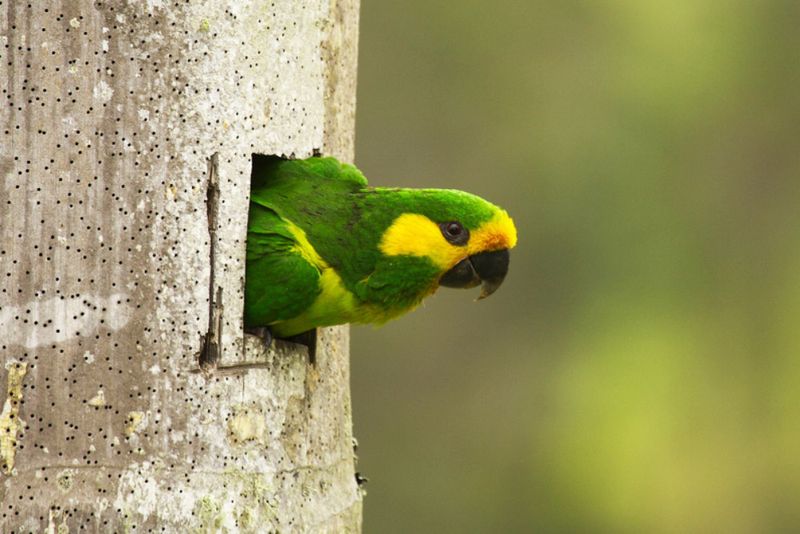
The Yellow-eared Parrot represents one of conservation’s greatest success stories. In the 1990s, only 81 birds remained in Colombia’s cloud forests. Today, thanks to intensive protection efforts, their population has rebounded to over 1,500 individuals.
These emerald-green parrots sport distinctive yellow patches behind their ears and depend entirely on the endangered wax palm for nesting. Conservation efforts targeted both the bird and its critical habitat tree, creating a comprehensive approach to saving the ecosystem.
11. Imperial Amazon
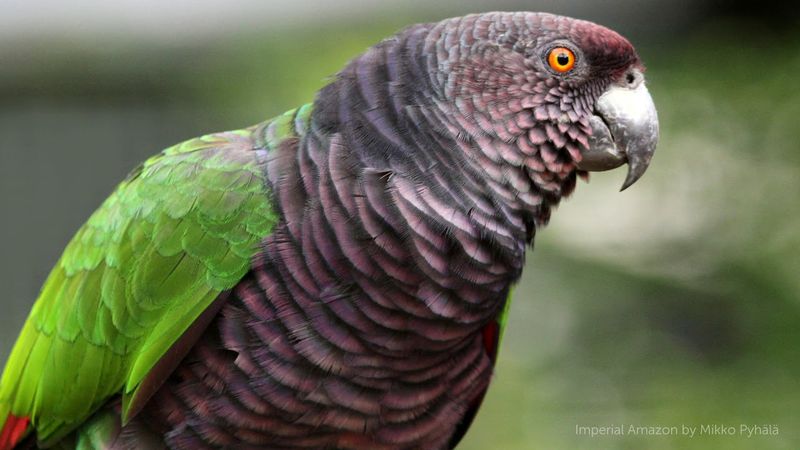
Known locally as the Sisserou, the Imperial Amazon graces Dominica’s national flag and coat of arms. Fewer than 250 of these magnificent purple-chested parrots remain in the wild, all confined to the mountainous rainforests of this small Caribbean island.
Hurricane Maria devastated their population in 2017, destroying an estimated 30% of the remaining birds and much of their forest habitat. These parrots form lifelong pair bonds and produce just one chick every two years, making population recovery painfully slow.
12. Golden Conure
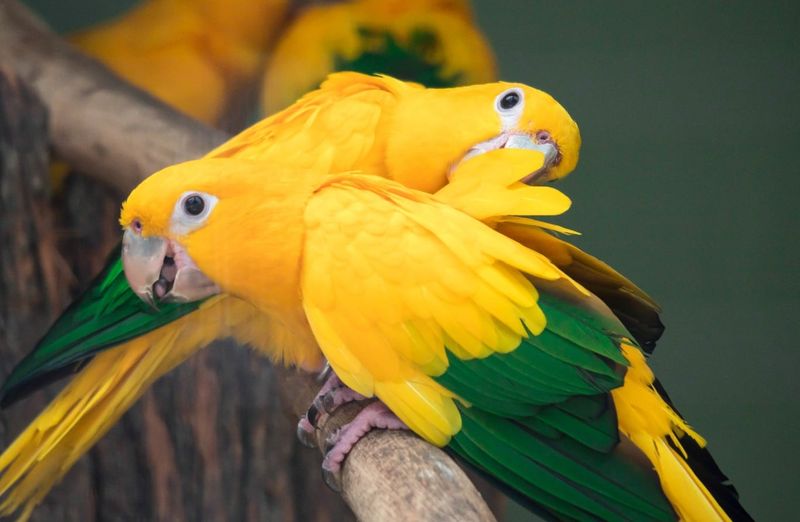
Often called the Queen of Bavaria Conure, the Golden Conure gleams like a living flame in Brazil’s Amazon rainforest. Their population has declined to approximately 3,000 birds, though conservation efforts have helped stabilize numbers in recent years.
These social parrots live in family groups of up to 30 individuals, working together to raise young and watch for predators. Their intelligence allows them to use tools and solve complex problems, making them among

